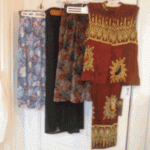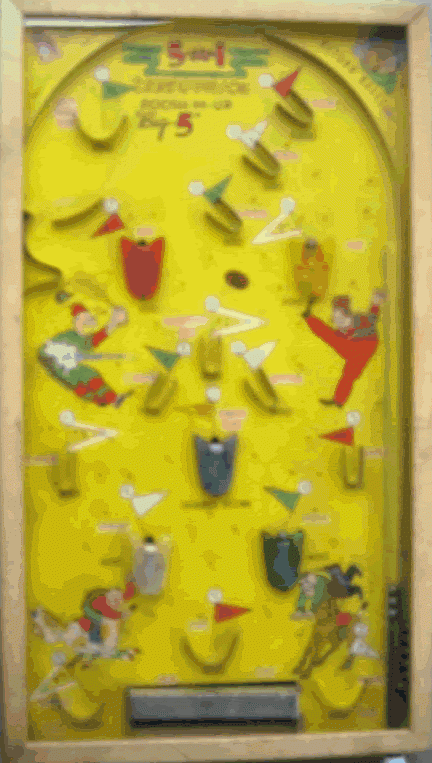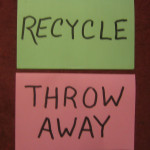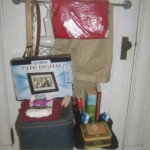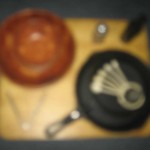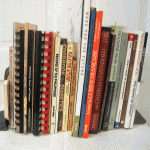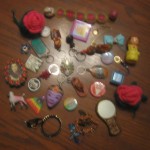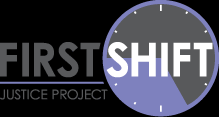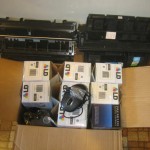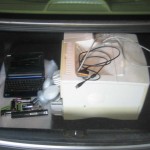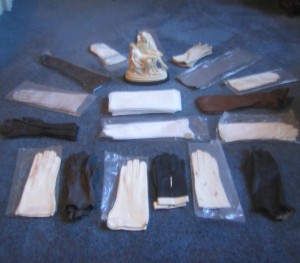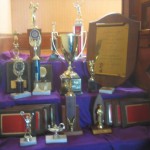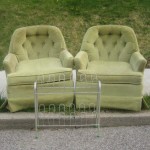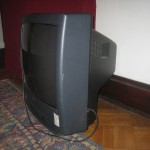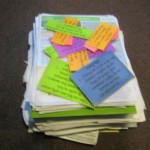 My Lent 2016 resolve was twofold:
My Lent 2016 resolve was twofold:
- Paper Reduction. Starting with my desk and including my “desk extensions” (3 file cabinets and the Ping Pong table), my goal was to reduce the paper. The connection to my spiritual life was that I figured clearing the extraneous paper that crowded my life would make me more productive and help me focus on what was really important.
- Listening Better, i.e Speech Reduction. Since paper reduction didn’t seem quite spiritual enough, I added a resolve to focus on being more mindful of the sacredness of people I interact with each day. This meant listening to others more closely rather than what I had to say. Spiritually, I continue to struggle with pride and self-importance. I figured that focusing on the other would move me toward humility.
How did I do? Although I made some progress, it was not nearly what I had planned – unless you consider not meeting my goals a movement toward humility. 😕 As with any conscious effort to grow, however, I did learn some things.
6 INSIGHTS ABOUT PAPER REDUCTION & LISTENING:
1. To avoid endless procrastination, choose a:
- Doable task – Breaking a goal into small steps is better than aiming to eliminate world hunger. Make it something you can measure and succeed at. Reducing ALL my extraneous papers including my file cabinets was too big to do in six weeks. Even limiting it to my desk was ambitious, but doable.
- Date to start – Pick a time that you have a reasonable chance of being able to start. Sure, life might interfere with an unexpected crisis that changes your schedule, but choose a date that has a good chance of being available – as we say in Kentucky, “God willin’ and the crick don’t rise.” Ash Wednesday made sense to start a Lenten project; but it was undoable since I was out of town.
- Length of time – If you know you only want to spend 30 minutes, 1 hour, or half a day doing a project pick something that can reasonably be done within that time. Of course you can always extend the time if you’re on a roll and don’t have another commitment looming, but making the task too open-ended can keep you from starting. On days I only had an hour, I picked small “mini drawers” to review. I saved the monster file drawer for an open Saturday.
- Don’t let the perfect be the enemy of the good. Yes, it would be best to pick a doable task, a start date, and an acceptable length of time, but sometimes life isn’t that neat. Eventually, I decided to just start because if I waited for the perfect time and task, I would lose another week. I decided on one small drawer and 15 minutes. It motivated me to go on – later.
2. Start With Empty. Although it can be daunting, it ended up being more efficient to empty a whole drawer or closet and put back only those things I wanted to keep. Not only did it give me the opportunity to clean the space, but I found hidden items tucked away in corners. Most important, I had to make a conscious decision about each thing I decided to return to the space.
3. Sorting Paper Can Be a Spiritual Experience. Going through my old papers became an exercise in deciding what was trivial and passing from what was important and enduring. It was like a mini life review. I noticed people on my Rolodex who had died, businesses that had closed, people who had moved. I noticed that somethings I once thought were important to save were now obsolete or I could get the information online – like old computer manuals and directories. I wonder what things I think are very important to do today, may change as my life circumstances change. See Cleaning My Desk 1 and Dancing & Desk Cleaning 3. Other papers were sentimental but there was not a need to keep them. I just needed time to be emotionally ready to let them go.
4. Let Go of Guilt. Guilt can be motivating, but often it just blocks energy needed to act. Rather than wallow in guilt about not being able to start on Ash Wednesday, I started a week late. Rather than beat myself up for not doing this summary on Easter, I’m two weeks late. Rather than give up, I’m still blogging. It’s OK. I’m learning to prioritize the important tasks from the less important ones. It also may be a sign that not only is it necessary to let go of guilt but also to let go of some things on my “To Do” list. Sorting the less important from the essential is a life skill that goes beyond paper reduction.
 5. Listening Takes Repetition. I like to think of myself as a good listener. After all I’m a trained counselor. Still, it’s hard to put aside my own agenda and really be present to another human. But, I had a plan. Each morning I would review the people I would likely see that day. Since our kids are sprung and I work at home, this was a small number. Some days I don’t even need to go out of the house so I included phone calls. I also included clerks at stores or a restaurant I might be at. I intended to look at each person mindfully and listen fully to what they said, even if it was just, “Have a good day.” Time after time, I would leave a store or a meeting and realize I had forgotten. Unfortunately I received a physical prompt when I got “airplane ear” after a trip (see Listen Up) Perhaps my difficulty hearing people could be a reminder to listen more closely. It helped but changing a habit takes a lot of repetition. With each day’s renewed resolve fewer opportunities slipped by, but it’s a slow learning curve.
5. Listening Takes Repetition. I like to think of myself as a good listener. After all I’m a trained counselor. Still, it’s hard to put aside my own agenda and really be present to another human. But, I had a plan. Each morning I would review the people I would likely see that day. Since our kids are sprung and I work at home, this was a small number. Some days I don’t even need to go out of the house so I included phone calls. I also included clerks at stores or a restaurant I might be at. I intended to look at each person mindfully and listen fully to what they said, even if it was just, “Have a good day.” Time after time, I would leave a store or a meeting and realize I had forgotten. Unfortunately I received a physical prompt when I got “airplane ear” after a trip (see Listen Up) Perhaps my difficulty hearing people could be a reminder to listen more closely. It helped but changing a habit takes a lot of repetition. With each day’s renewed resolve fewer opportunities slipped by, but it’s a slow learning curve.
6. Always Have Something To Do While on Hold. I am often on the phone with service personnel trying to figure out bills, internet glitches, etc. I’m also aware that as helpful as the internet can be to modern life, things like social media and promotional emails can be time hogs. No matter how lovely the music, rather than listening to it while I’m waiting for the support person to get back to me, I’ve found it more useful to spend that time checking websites that I don’t normally take the time to read.
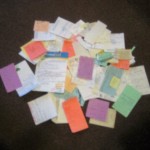



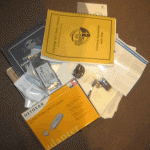


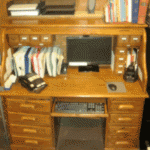

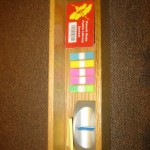



 Since my first round of pruning our clothes closet in 2010, I’ve slowly been passing clothes on that I seldom wear, but I never actually emptied it out. This time I took my own advice and started from ground zero. The first photo shows the left half of our closet with all my suits, skirts, pants, dresses, and blouses removed.
Since my first round of pruning our clothes closet in 2010, I’ve slowly been passing clothes on that I seldom wear, but I never actually emptied it out. This time I took my own advice and started from ground zero. The first photo shows the left half of our closet with all my suits, skirts, pants, dresses, and blouses removed.
